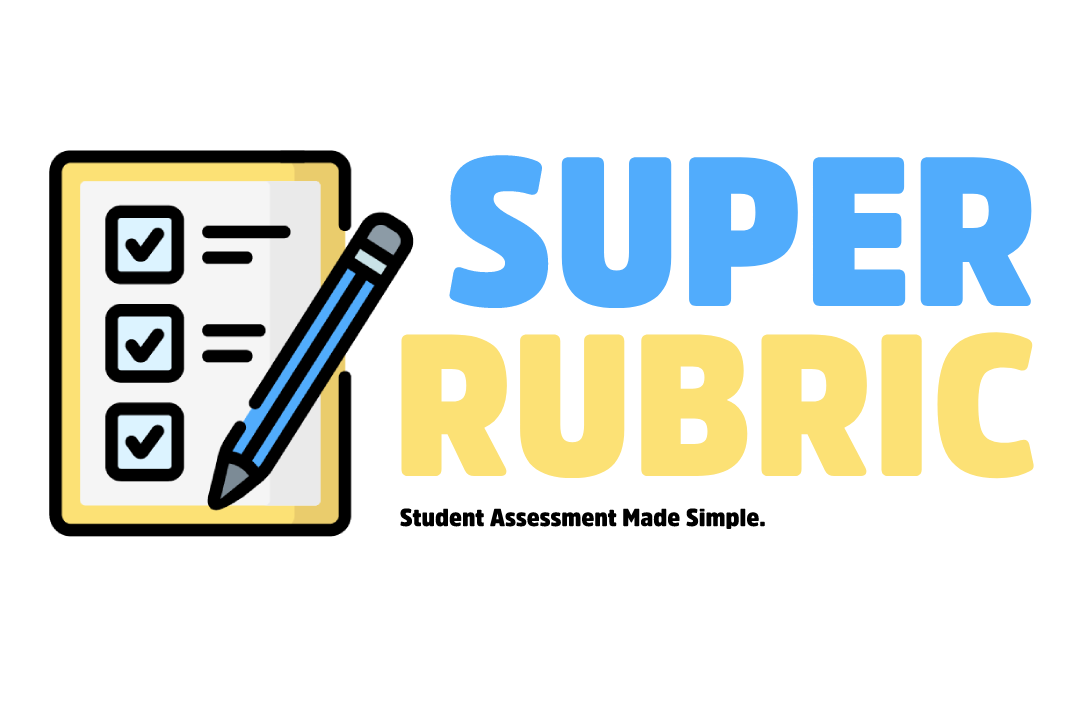In the quest to improve student literacy, few strategies have garnered as much attention and acclaim as repeated reading.
This simple yet powerful approach can transform struggling readers into confident, fluent readers while reinforcing comprehension and engagement. Whether you’re a seasoned educator or new to literacy instruction, understanding the benefits of repeated reading can empower your teaching and inspire your students.
What Is Repeated Reading?
Repeated reading is a research-backed instructional practice where students read the same text multiple times until they achieve a level of fluency.
The idea is straightforward: familiarity breeds confidence. As students encounter the same words and sentence structures repeatedly, they build automaticity—the ability to read effortlessly and accurately. Rubrics for differentiated activities can also play a crucial role in tailoring repeated reading sessions to meet individual student needs. For inspiration, visit 5 Rubrics for Differentiated Instruction.
This method works across grade levels and can be tailored to individual reading abilities.
By choosing texts that are slightly challenging but not overwhelming, teachers can create opportunities for growth that feel achievable to students. Rubrics for differentiated activities help ensure that each student receives the support they need to succeed.
The Science Behind Repeated Reading
 The success of repeated reading lies in how it engages the brain.
The success of repeated reading lies in how it engages the brain.
When students read a text repeatedly, they strengthen the neural pathways associated with decoding and comprehension. This practice aligns with Scarborough’s Reading Rope model, which emphasizes the interconnectedness of fluency, word recognition, and comprehension. You might also find The Teacher’s Guide to Mastering Orthographic Mapping relevant for understanding vocabulary development.
Studies have shown that repeated reading boosts oral reading fluency, improves accuracy, and enhances comprehension (source).
Research published in The Journal of Educational Psychology found that students who engaged in repeated reading significantly outperformed their peers in fluency and comprehension assessments (source). By practicing familiar texts, students transition from decoding words to focusing on meaning, which is the ultimate goal of reading. Incorporating rubrics for differentiated activities can provide educators with a framework to measure these gains effectively.
Key Benefits of Repeated Reading
- Improved Fluency: Fluency is the bridge between word recognition and comprehension.
As students practice reading with speed, accuracy, and expression, they gain confidence and become more comfortable tackling new texts. Rubrics for differentiated activities can guide educators in assessing fluency progress.
- Enhanced Vocabulary Development: Repeated exposure to words in context helps students expand their vocabulary.
They learn to recognize word patterns and understand meanings, which contributes to more robust language skills.
- Boosted Comprehension: Familiarity with the text allows students to shift their focus from decoding words to understanding the overall message.
This deeper engagement fosters critical thinking and a better grasp of the content. Using rubrics for differentiated activities ensures that comprehension goals are clear and measurable.
- Increased Motivation: Success breeds motivation.
When students experience measurable improvement, they feel a sense of accomplishment that drives them to continue practicing.
- Support for Struggling Readers: Repeated reading is especially beneficial for students with learning difficulties, such as dyslexia.
It provides a structured, low-pressure environment where they can build skills at their own pace. Rubrics for differentiated activities help create a supportive structure tailored to individual learning needs.
How to Implement Repeated Reading in Your Classroom
- Choose the Right Texts: Select materials that are at the student’s instructional level.
Texts should be engaging and slightly challenging, featuring vocabulary and structures they’re ready to learn.
- Set Clear Goals: Before beginning, set measurable objectives, such as achieving a specific reading rate or demonstrating improved expression.
Rubrics for differentiated activities can help define these objectives clearly.
- Model Fluent Reading: Demonstrate how fluent reading sounds.
Highlight pacing, intonation, and expression to give students a clear benchmark.
- Track Progress: Use tools like fluency charts or rubrics to monitor improvement. Learn more about assessment strategies in Report Card Writing Made Simple.
Celebrate milestones to keep students motivated.
- Incorporate Technology: Leverage apps or software that allow students to record and listen to their readings.
Hearing their progress can be a powerful motivator.
Making It Fun and Engaging
Repeated reading doesn’t have to feel monotonous.
Turn it into a game by timing readings and challenging students to beat their previous scores. Pair students for peer reading activities or use engaging scripts and plays to add variety. By keeping the process interactive, you can maintain interest while reinforcing essential skills.
Using rubrics for differentiated activities adds an extra layer of fun by giving students tangible goals to achieve.
Final Thoughts
Repeated reading is more than just a fluency-building tool—it’s a gateway to literacy success.
By embedding this strategy into your instruction, you can help students unlock their potential and develop a lifelong love of reading. As they turn pages with growing confidence, they’ll not only master words but discover the worlds they hold.
Rubrics for differentiated activities serve as an essential companion in this journey, ensuring that each student’s progress is tracked, celebrated, and supported. Explore 5 Rubrics for Differentiated Instruction for practical tools to support your classroom.







You must log in to post a comment.